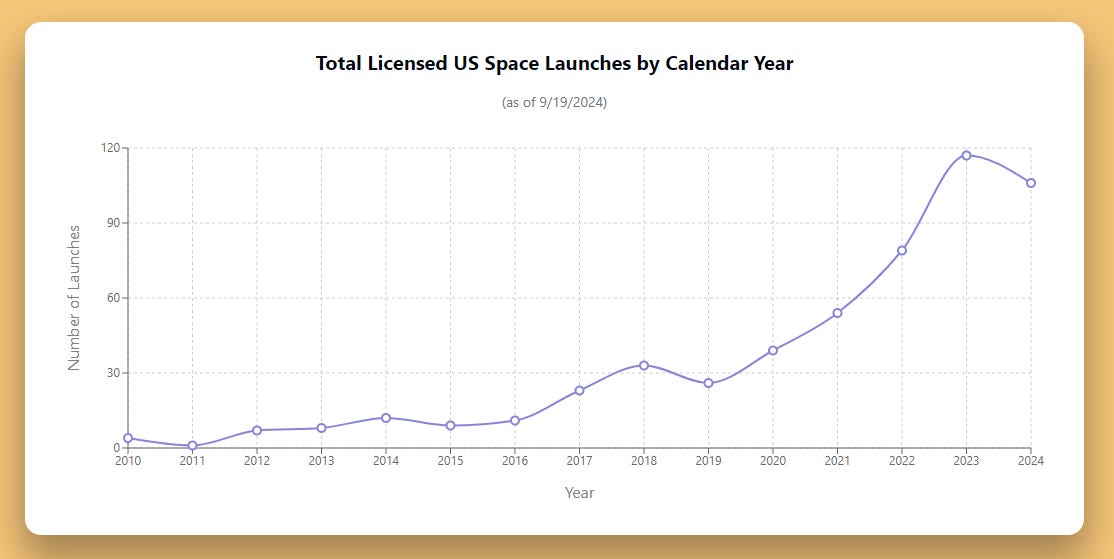#4 Advanced Nuclear Propulsion Unlimited Growth - The Next Frontier in Space Exploration - Last Day To Get Grandfathered
✨✨ 9 Game-Changing Technologies Shaping the Future in 2025
Hi fellow investors, welcome back for a Quant data driven analysis. [Full Disclaimer]
Hit that like button! Don’t be shy to share with fellow investors
In the coming Newsletters I Will Dissect Each Tech Sector.
As I look ahead to 2025 and beyond, several emerging technologies are poised to transform industries and societies in profound ways. From AI-powered weather prediction to advanced nuclear propulsion for space exploration, these innovations promise to tackle major global challenges and unlock new possibilities. This article explores 9 game-changing technologies that are attracting significant investment and development:
Here’s #4 Advanced Nuclear Propulsion - Subscribe for the full list and key stocks below.
Propelling Beyond Limits: How Nuclear Technology Could Transform Space Exploration
As humanity looks beyond our planet toward the vast expanse of space, the limitations of conventional chemical propulsion systems have become increasingly apparent. These systems, while reliable for short-distance missions, are inadequate for the long-duration, deep-space exploration that defines our aspirations for the future. Advanced nuclear propulsion technologies promise to revolutionize space travel by enabling faster interplanetary journeys and unlocking the potential for deeper space missions.
Market Overview
The global space propulsion market is experiencing rapid growth, driven by increasing demand for satellite launches, deep-space exploration, and advancements in propulsion technologies. Projected to expand from $6.7 billion in 2023 to $19.9 billion by 2030 at a CAGR of 14.6%, this market presents significant opportunities. Although advanced nuclear propulsion currently represents a smaller segment, it is poised for substantial growth as technologies mature and investments increase.
Key Technologies
Nuclear Thermal Propulsion (NTP)
NTP systems utilize a nuclear reactor to heat a propellant—typically liquid hydrogen—to extremely high temperatures. The heated propellant expands and is expelled through a nozzle to produce thrust. Advantages of NTP systems include:
Higher Efficiency: Specific impulse (Isp) is 2-3 times greater than that of chemical rockets.
Reduced Propellant Mass: Less fuel is required for the same amount of thrust.
Faster Transit Times: Enables shorter mission durations for deep-space missions.
Nuclear Electric Propulsion (NEP)
NEP systems generate electricity through a nuclear reactor, which then powers electric thrusters such as ion engines. Benefits include:
Very High Specific Impulse: Isp can exceed 10,000 seconds.
Continuous Low-Thrust Operation: Ideal for long-duration missions.
Efficient for Cargo Transport: Suited for moving large payloads to distant destinations.
Fusion Propulsion
Although still in developmental stages, fusion propulsion holds the potential for unprecedented performance:
Extremely High Specific Impulse: Potential Isp greater than 100,000 seconds.
High Thrust-to-Weight Ratios: Possibility of combining high thrust with high efficiency.
Abundant Fuel Sources: Utilizes isotopes like deuterium and tritium, which are widely available.












